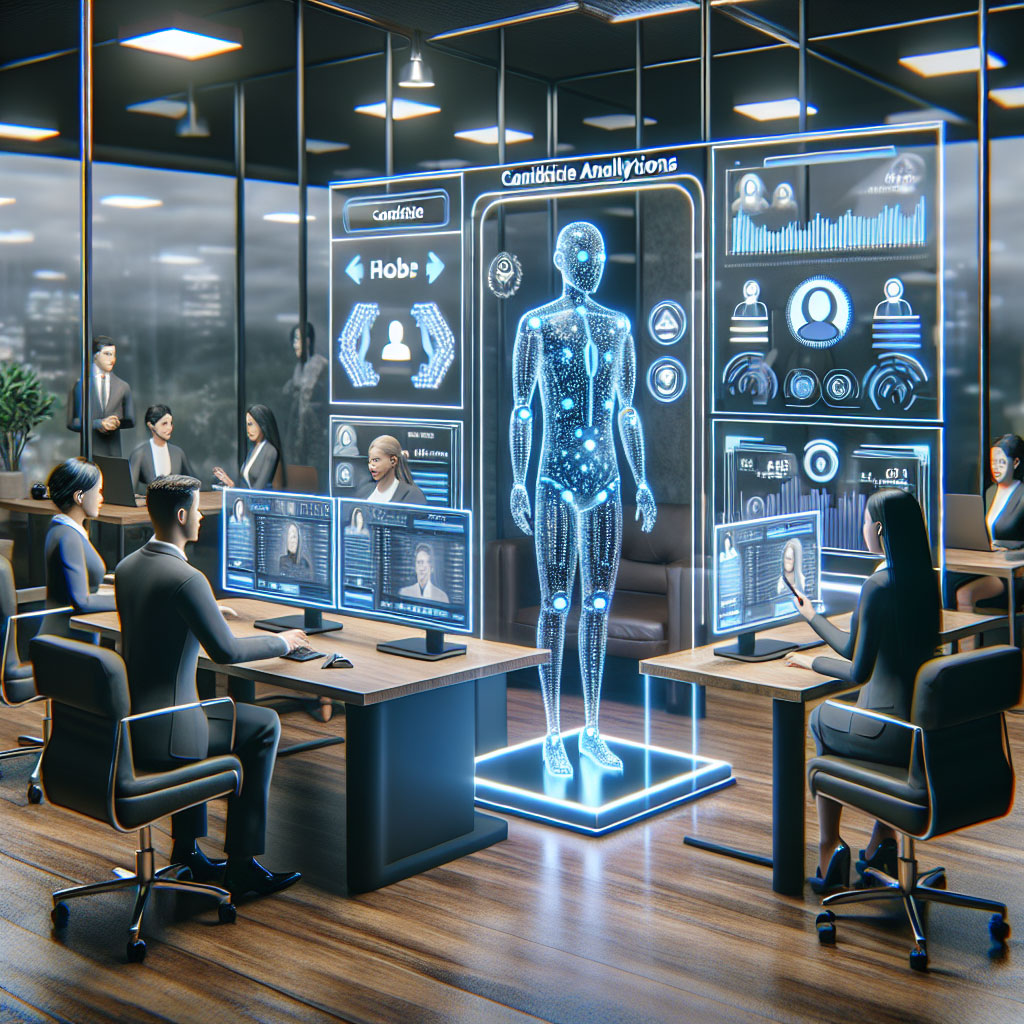
In today’s fast-paced corporate landscape, the journey from new hire to productive team member can feel like navigating a labyrinth. employee onboarding, a critical phase that sets the tone for engagement and performance, often grapples with inefficiencies and information overload. Enter AI agents—digital allies designed to transform this experience. By seamlessly integrating smart technology into the onboarding process, organizations are uncovering new ways to simplify training, personalize support, and accelerate acclimation. This article explores how AI agents are quietly revolutionizing employee onboarding, turning what was once a cumbersome ritual into a streamlined, intuitive experience.
Understanding the Role of AI Agents in Modern Employee Onboarding
Beyond automation, AI agents serve as a dynamic knowledge hub, delivering timely information with remarkable accuracy and consistency. Consider the table below,which outlines some key capabilities of AI agents compared to traditional onboarding methods:
| Feature | Traditional Onboarding | AI Agent Powered Onboarding |
|---|---|---|
| Availability | Business hours only | 24/7 support |
| Personalization | One-size-fits-all | Customized learning paths |
| Information Access | manual distribution | Instant,on-demand |
| Feedback Collection | Periodic surveys | Continuous real-time insights |
Integrating AI agents into the onboarding workflow not only accelerates productivity but also enhances engagement,reducing the traditional friction points that new employees frequently enough encounter.The result is a smarter, more responsive process that elevates workforce readiness and retention.

enhancing Engagement Through Personalized Onboarding Experiences
Key elements enhanced through personalized onboarding:
- Adaptive learning modules aligned with the employee’s expertise level
- Customized communication schedules to prevent overload and ensure clarity
- Interactive AI mentors offering instant answers and feedback throughout the process
To further illustrate the impact, consider this comparison of engagement metrics between traditional and AI-personalized onboarding programs:
| Metric | Traditional Onboarding | AI-Personalized Onboarding |
|---|---|---|
| New Hire Productivity (First 30 days) | 55% | 78% |
| Engagement Score | 62/100 | 85/100 |
| Time to Full Competency | 45 days | 28 days |

Leveraging Data-Driven Insights to Optimize Training and Integration
- Completion rates for different training modules
- Time spent on specific tasks or lessons
- Feedback trends from new hires
- Behavioral patterns during integration phases
Integrating these insights with AI-driven platforms enables continuous feedback loops, where training programs are refined in real-time to meet individual and organizational needs. Below is a comparative overview of key training components influenced by data analytics:
| Component | Traditional Approach | Data-Driven Optimization |
|---|---|---|
| Content Customization | One-size-fits-all modules | Adaptive learning paths based on performance |
| Feedback Delivery | Periodic manual reviews | Instant AI-generated recommendations |
| Progress Tracking | Basic completion tracking | Behavioral analytics and predictive insights |

best Practices for Seamless Implementation of AI-Powered Onboarding Tools
Continuous evaluation and customization foster a system that adapts to evolving needs and feedback.Incorporate iterative feedback loops, leveraging AI analytics to uncover bottlenecks or employee challenges. Utilize flexible configurations so AI agents can personalize onboarding workflows based on specific departments or roles, boosting relevance and engagement.Below is a quick guide illustrating key areas to monitor and their corresponding actions:
| Area to Monitor | Action to Take |
|---|---|
| Response Time | Optimize AI algorithms for quicker replies |
| Employee Satisfaction | Gather surveys and adjust touchpoints |
| Workflow Compatibility | Fine-tune integrations with existing systems |
| Content Relevance | Update AI databases with latest policies |
Insights and Conclusions
As the workplace continues to evolve, so too must the ways we welcome new team members. AI agents offer a promising pathway to making employee onboarding not just more efficient, but also more engaging and personalized. By embracing these intelligent tools, organizations can transform a traditionally cumbersome process into a seamless experience—setting the stage for new hires to thrive from day one. streamlining onboarding with AI isn’t just about technology; it’s about crafting a smarter, more connected start to every career journey.

